If: Robo, then: Wunderkind – The formula for young robotics
For many, building their own remote-controlled car used to be the ultimate thing. Luckily for those who are between five and twelve years old today. Because the self-designable robots from the Viennese EdTech company Robo Wunderkind can do a lot more than just drive around. In addition, they have an important educational added value: they introduce children to STEM topics (science, technology, engineering and mathematics) in a playful way and perhaps turn the young inventors into the software developers of the future.
Children discover their technical skills
With the construction kit principle with blocks and a programming app, tinkerer’s dreams come true – children use them to create small robots such as smart alarm clocks, torches or small kitchen helpers that can reach for certain things (as in the video below). The sets that the company offers for the educational sector and private households show that robotics and coding are not witchcraft. For founder and CEO Anna Iarotska, this is the main mission of her company: “Children develop a new relationship with technology. They see that they can live out their creativity and discover computer science through play.” Through her nephews and “the child in herself”, she has seen the potential in the playful approach and the need to make the next generations fit for a “high-tech” world.
It’s down to the nitty gritty – the hardware
Each kit consists of several modules such as main blocks, motors, connections, lights, distance sensors or buttons. In any case, the new mechanical friend stands or falls with the main block, because it hides a small computer with battery and loudspeaker, i.e. the heart of the robot. As with humans, this component also supplies the other parts with energy and information. Depending on the application, modules consist of motors for movements such as driving or rotations, distance sensors to detect obstacles or sound sensors that measure the volume of the environment.
The soul of the machine – programming
At least from various science fiction stories we know – a robot needs a purpose, a task. This means that the creators have to programme their assembled robots. To make this child’s play, the app’s button is kept simple; with controls consisting of symbols such as arrows or different colours of the individual functions, which can thus be more easily assigned to the respective modules. Commands and conditions form the programming language through the classic if-then rule. For example: If “bright”, then “sound” – for programming an alarm clock that reacts to light with a certain sound.
Age-appropriate, the Robos come in different versions: Starting with Robo Live for the youngest – here the robot is simply controlled or moved, through Robo Code from six years of age, where the first programming is already possible with icon-based software, to Robo Blockly for children from eight years of age who already want to use the full range of Wunderkind programming.
Find inspiration through imitation
To get started and fuel the imagination for unique robo-projects, there are suggestions in the app and on the website in the form of product videos. “First you follow others, then you learn, and finally you draw inspiration that you expand on,” says Anna. When the first ideas of one’s own bubble up, there are basically no limits, because the little machines can be expanded with all kinds of objects – Legos, cardboard, textiles, cutlery. “A fun idea from a school group was to develop robots that massage pets after an operation,” says the entrepreneur. But there have also been robots that play football on their own.
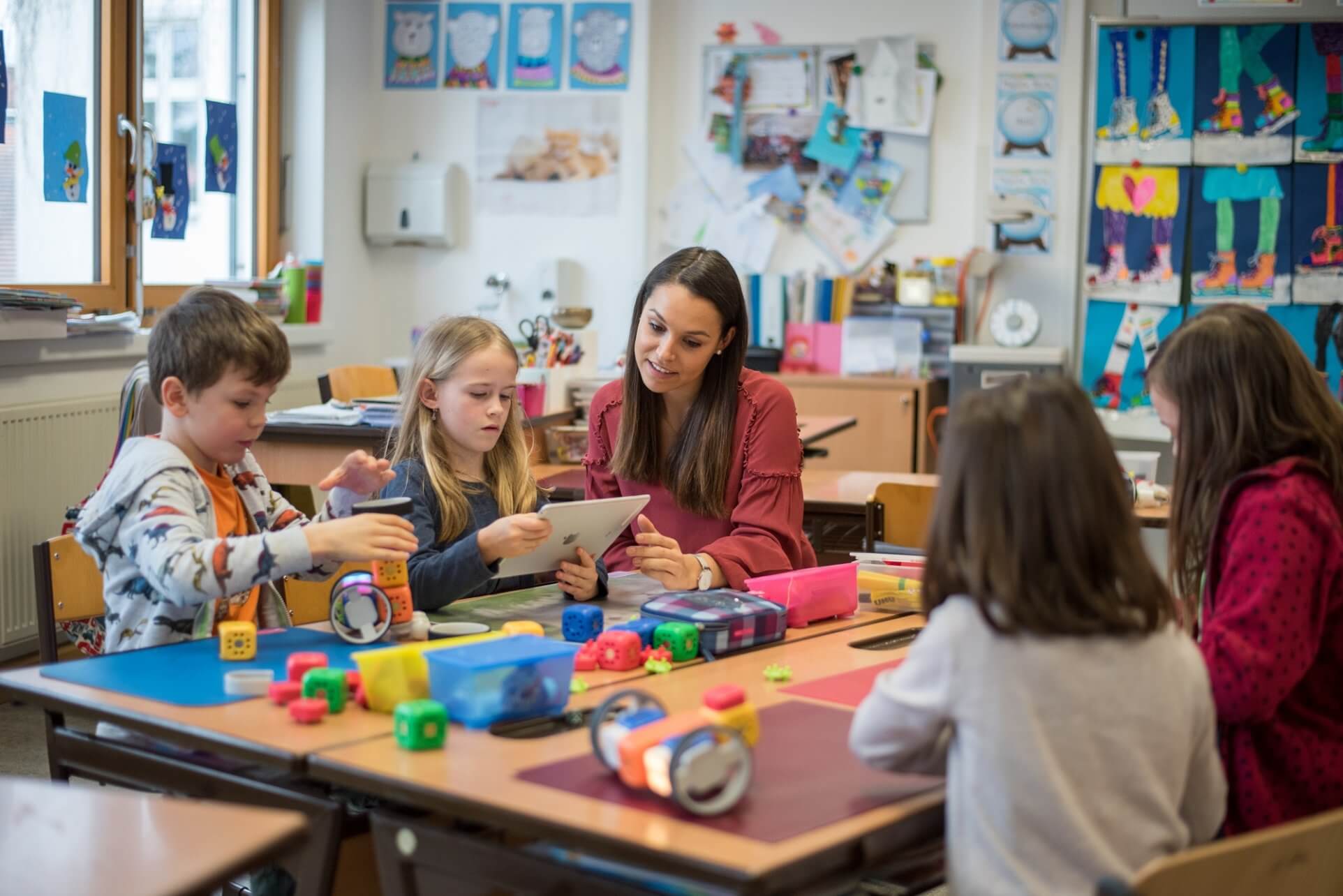
Accompanying concept for teaching staff in schools
“The children are ready to learn with robotics and are often decisive for the introduction of our robots in their schools,” Anna says. However, she is aware that there are educators who are unsure how to integrate robotics into the classroom. That’s why the educational kits come with manuals to help with this, based on the schools’ curricula. In addition, Robo Wunderkind offers its own enrolment workshops for teachers. Pupils in 500 schools in 20 countries are already benefiting from this successful concept. And who knows – maybe a robot will be created for the next groundbreaking space explorations!
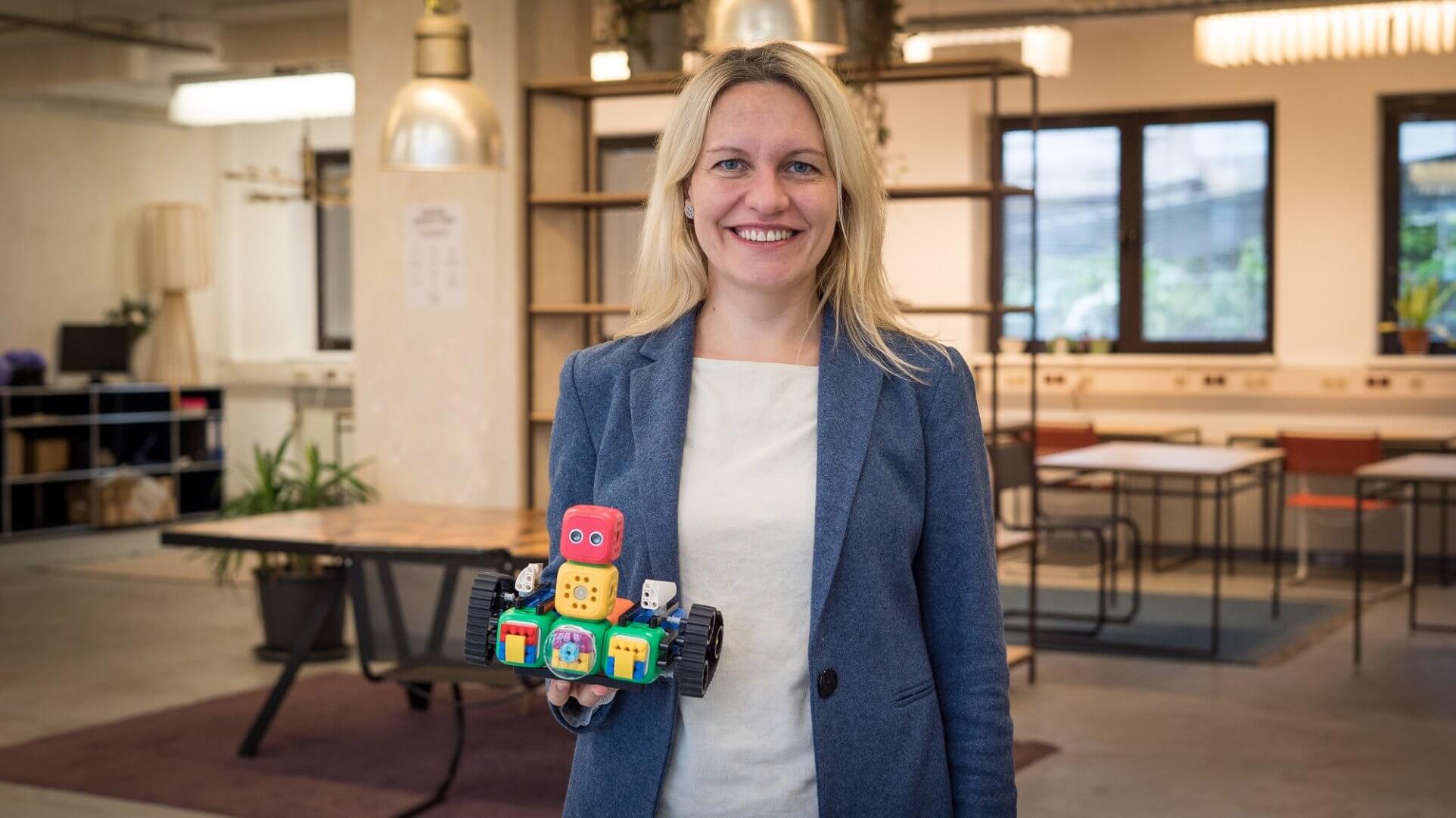
We asked Anna Iarotska:
What is so important about STEM and when is the perfect time to get children excited about it?
There are a few topics that are important in STEM subjects. For example, we focus on problem-solving skills, cooperation and creativity. In the schools, the children always work on the robots in groups. When they start to solve the problems with their developments, they have to analyse, test and try things out together. Computer science is, of course, the basis of our Robos. And yes, there is a time when children are open to everything and easy to get excited about; in my opinion, this is also when STEM topics can be taught best. When they are ten or eleven years old, they start to critically evaluate themselves and form their own interests more and more.
What are your plans for the future now that you are already internationally successful?
We will continue to develop the product and optimise it for use in schools. This is our main target group, and we also want to offer more content in the form of suggestions and ideas in the app so that teachers and students are supported even better.
More articles
The following articles might also interest you.

EdTech Austria Fellowship
24. October 2024
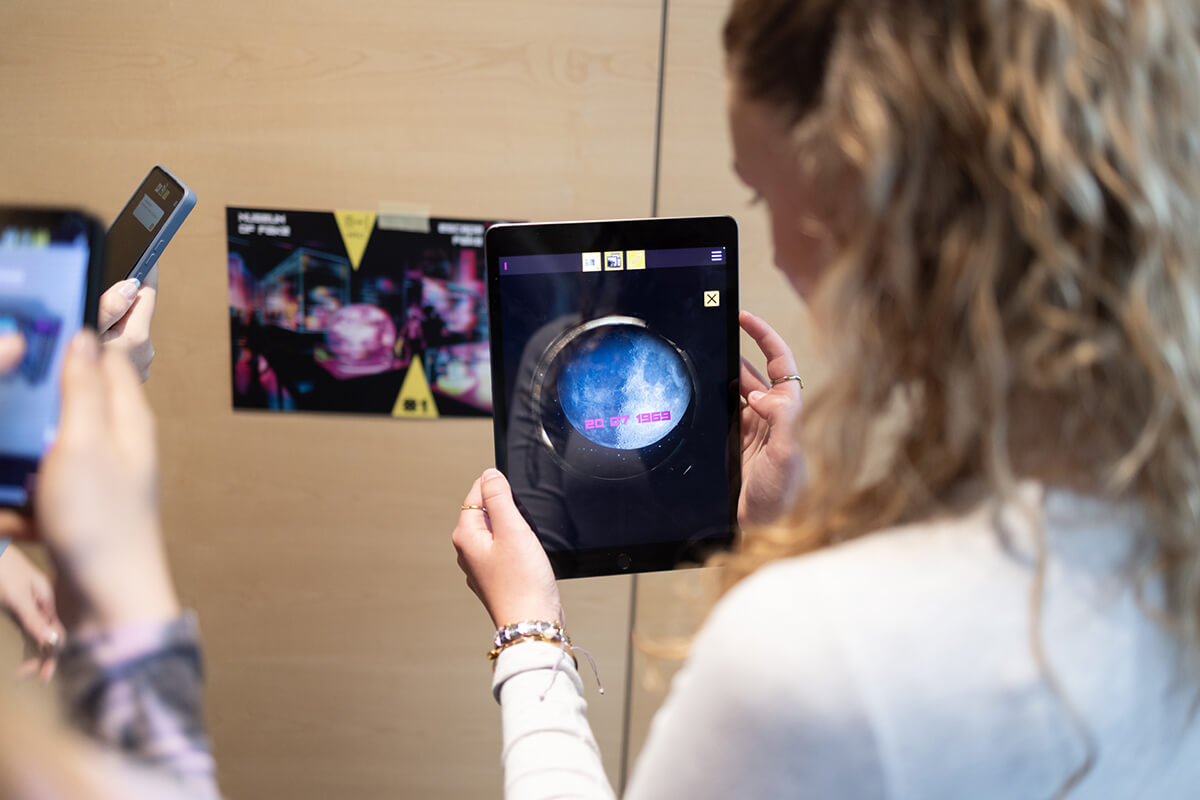
AR, VR and XR: Shaping Learning through Virtual Worlds
30. June 2025
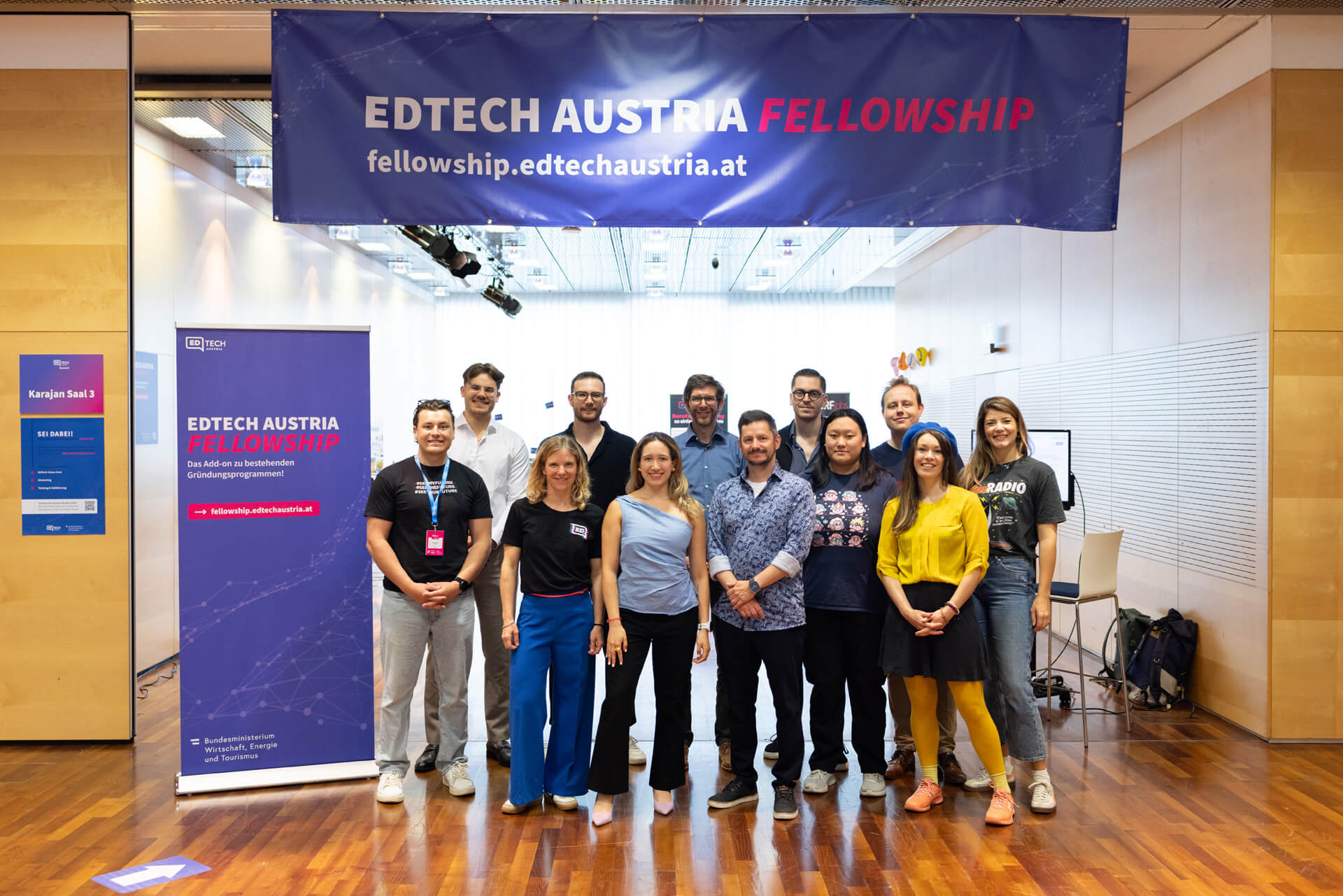
EdTech for all, all for EdTech – shaping the world of education together
18. June 2025
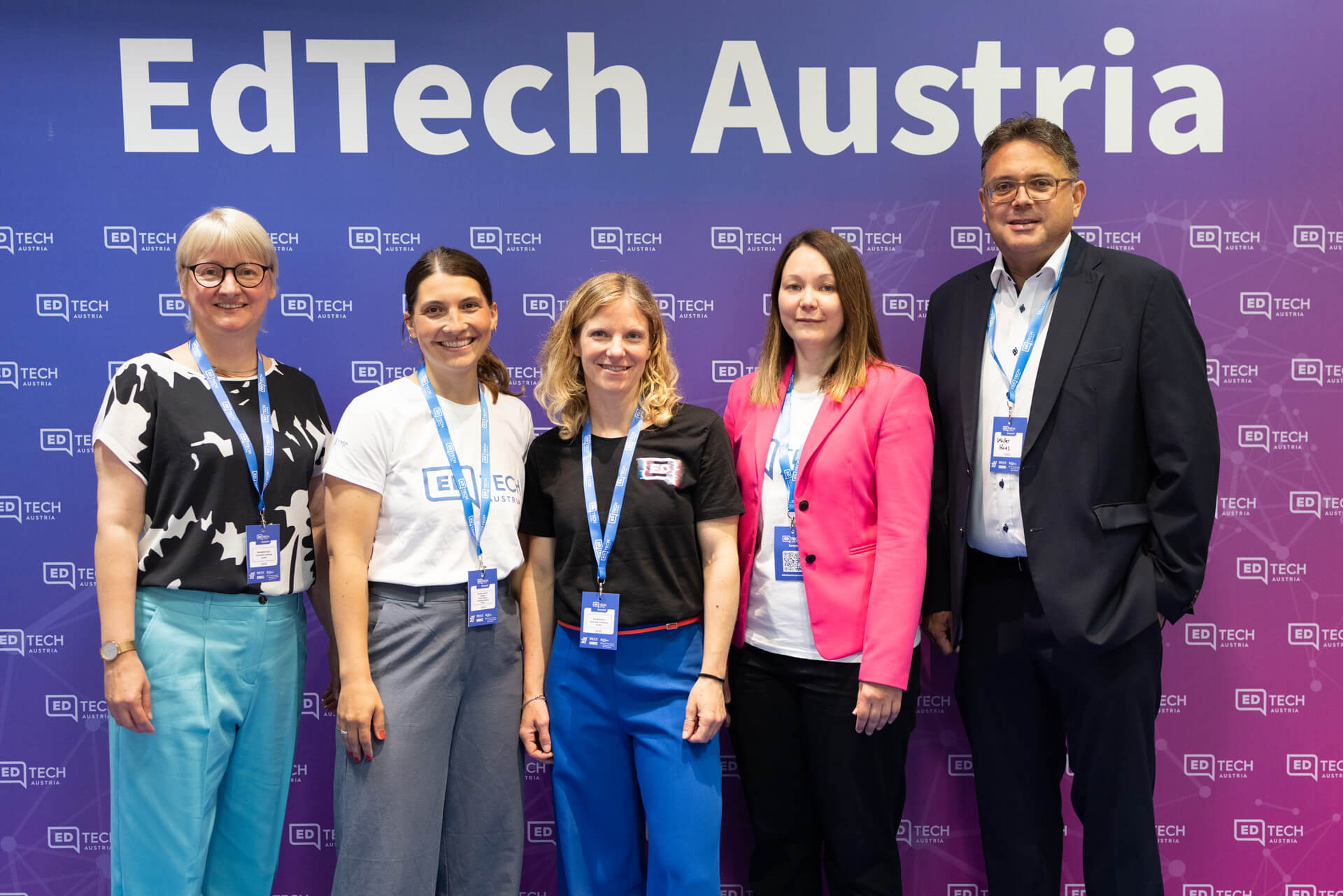
Real-World Practice Meets Innovation: The Fourth EdTech Austria Summit
3. June 2025
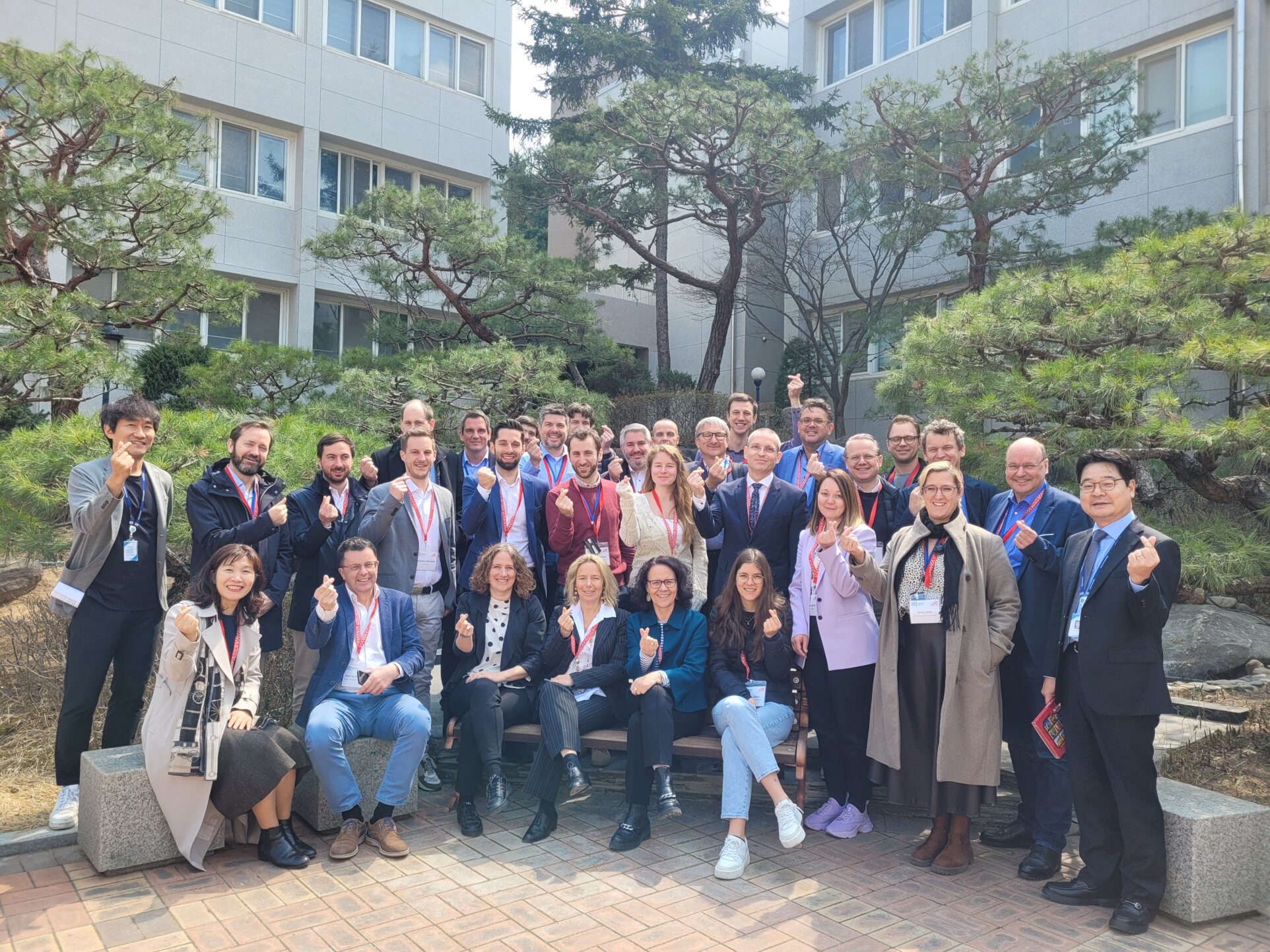
South Korea: How technology, culture and the courage to innovate are shaping education
30. April 2025

Lifelong Learning in Transition: Opportunities and Challenges of AI
17. January 2025
